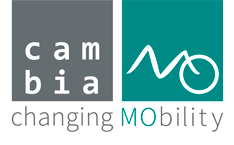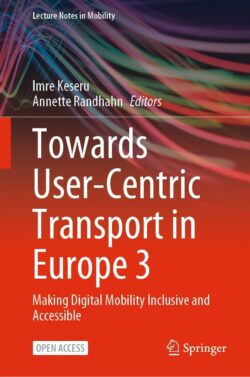Methodological Paths to Achieve Inclusive Digital Mobility Solutions: Target-Group Capabilities and Limitations
año
autorxs
en
tipo de publicación
Physical, digital and graphic interface requirements of digital mobility and delivery services (and target groups) are a result of a comparison between the capabilities and limitations of each target group. A summary of the main users/non-users capabilities, limitations, and requirements (hereafter CLR) identified by populations that are more vulnerable will be the basis for understanding the most relevant needs threads: space, time and human factor. While space and time are traditional threads for capturing needs in transport and mobility (i.e. origin-destination, distance, time-saving etc.), the third thread ‘human contact’ appears as a new and clear need for the use of digital mobility and delivery solutions. A relevant number of inclusiveness requirements deals with this aspect that becomes a “must” for the extension of the inclusive digitalization in mobility. This chapter will conclude with the presentation of the most important insights in terms of capabilities, limitations and requirements that deal with the human contact factor.
Di Ciommo, F., Rondinella, G., Shiftan, Y., & Specktor, M. (2023). Methodological Paths to Achieve Inclusive Digital Mobility Solutions: Target-Group Capabilities and Limitations. In Towards User-Centric Transport in Europe 3 (pp. 93–107). https://doi.org/10.1007/978-3-031-26155-8_6


